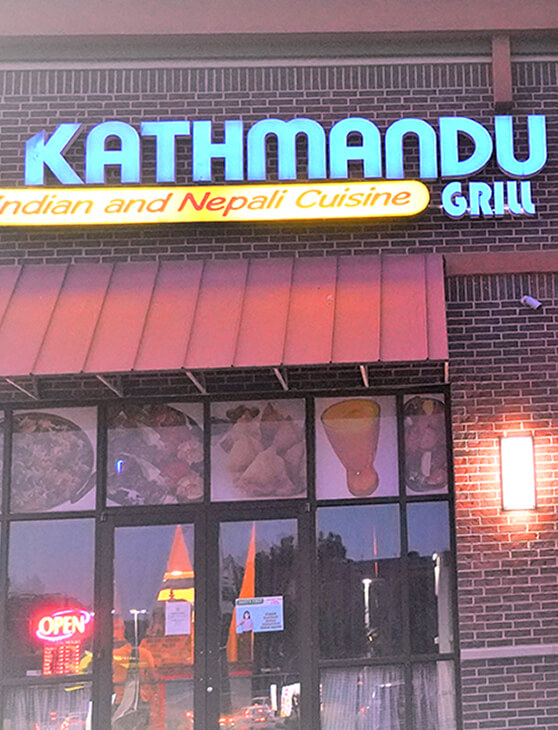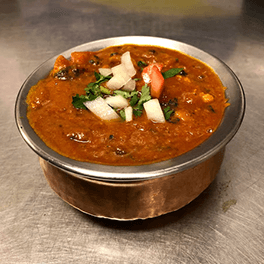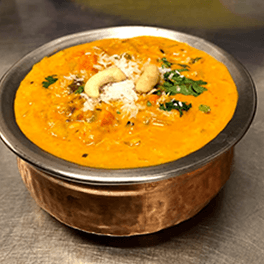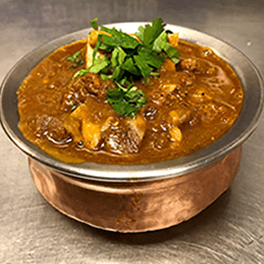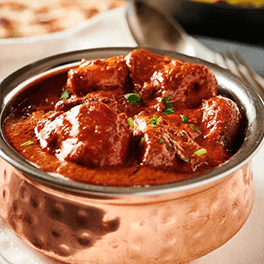Though Nepal is a small country in terms of geography, to have such physical diversities within such a tiny geography is itself a matter of great glory and uniqueness. Because of these all very unparalleled and distinguishing attributes, the structure of Nepali society has also been an astonishing habitat of multi-ethnic, multi-religious and multi-cultural people.
Like the geography, the population of Nepal extremely diverse and highly complex. Simplistically, Nepal is the meeting point for the Indo-Aryan people of Indian with the Tibeto-Burman of the Himalaya, but this gives little hint of the dynamic ethnic mosaic that has developed and continues to change to this day. In a south-north direction, as you move from the plains to the mountains, the ethnic map can be roughly divided into layers: the Terai, the midlands or Pahad zone, and the Himalaya. Each zone is dominated by characteristic ethnic groups whose agriculture and lifestyles are adapted to suit the physical constraints of their environment. In the Himalayan zone, the people are Mongolian of Tibetan descent. They are known as the Shrerpas or Bhotes in Nepali. In the east of the midlands zone, one can find Kirati people known as Rai, Limbu groups. They speak Tibeto-Burman Language. The Terai zone is the habitat of Tharus and Madheshi descents.
Similarly, Anthropologists divide the people of Nepal into about 50 ethnic groups or castes possessing their own distinct cultures and traditions. Everyone is proud of their heritage. Many people use the name of their ethnic group, caste or clan as their surname. The caste system has many occupational castes such as Brahmins (Hindu Priests), Chhetris (farmers in the hills and soldiers), Newars (the original inhabitants of Kathmandu Valley), Thakalis, Gurungs, Rais, Limbus, Tamangs, Magars, Potters, butchers, blacksmiths, cobblers, goldsmiths, clothes washers, etc.
This multi dimensional diversities encompasses within itself the people of various ethnic, tribal and social groups inhabiting different altitudes, and it manifests in various forms : music and dance ; art and craft ; folklores and folktales; languages and literature; philosophy and religion; festival and celebration; and foods and drinks. Hence, Nepal is an exquisite garland woven out of the four castes and thirty-six sub-castes. Moreover it’s a common garden with the blossoms of physical and social diversities.
